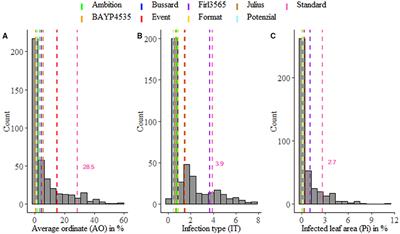EDITORIAL
Published on 16 Sep 2022
Editorial: Advances in breeding for wheat disease resistance
doi 10.3389/fpls.2022.1034506
- 1,710 views
- 1 citation
17k
Total downloads
84k
Total views and downloads
EDITORIAL
Published on 16 Sep 2022
ORIGINAL RESEARCH
Published on 19 Aug 2022
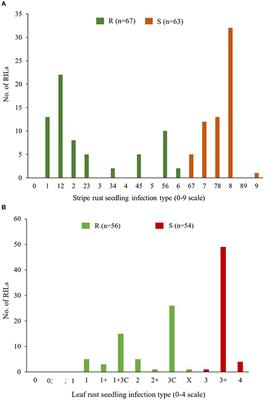
ORIGINAL RESEARCH
Published on 01 Aug 2022
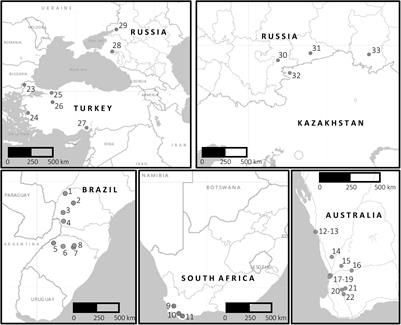
ORIGINAL RESEARCH
Published on 28 Jun 2022
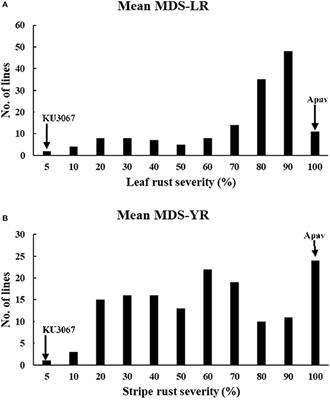
ORIGINAL RESEARCH
Published on 13 Jun 2022
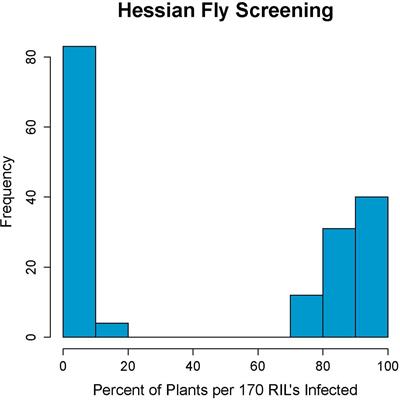
ORIGINAL RESEARCH
Published on 20 May 2022
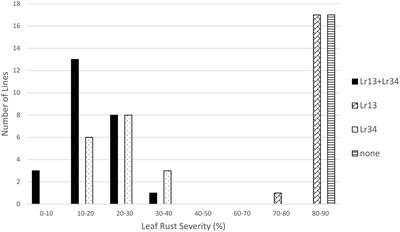
ORIGINAL RESEARCH
Published on 18 May 2022
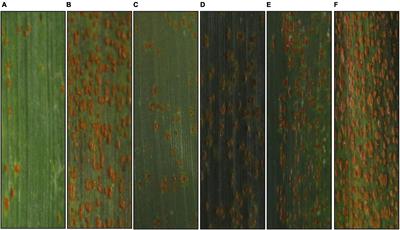
ORIGINAL RESEARCH
Published on 23 Mar 2022

ORIGINAL RESEARCH
Published on 24 Jan 2022
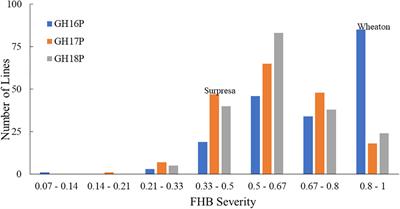
ORIGINAL RESEARCH
Published on 07 Jan 2022
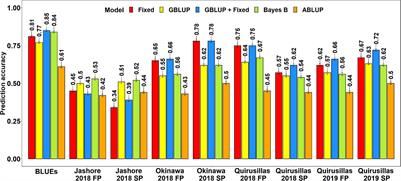
ORIGINAL RESEARCH
Published on 06 Jan 2022
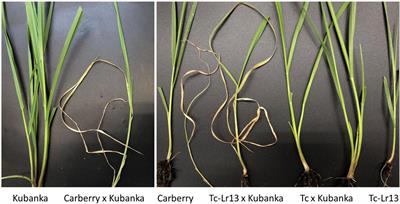
ORIGINAL RESEARCH
Published on 23 Dec 2021
